Filter by

Outdoor Learning and Play : Pedagogical Practices and Children's Cultural For…
This Open Access book examines children’s participation in dialectical reciprocity with place-based institutional practices by presenting empirical research from Australia, Brazil, China, Poland, Norway and Wales. Underpinned by cultural-historical theory, the analysis reveals how outdoors and nature form unique conditions for children's play, formal and informal learning and cultural formati…
- Edition
- -
- ISBN/ISSN
- 978-3-030-72595-2
- Collation
- XV, 201
- Series Title
- International Perspectives on Early Childhood Education and Development (CHILD, volume 34)
- Call Number
- 370 OUT
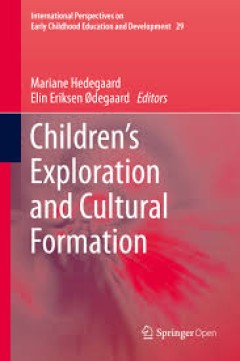
Children's Exploration and Cultural Formation
This open access book examines the educational conditions that support cultures of exploration in kindergartens. It conceptualises cultures of exploration, whether those cultures are created through children’s own engagement or are demanded of them through undertaking specific tasks within different institutional settings. It shows how the conditions for children’s exploration form a web of…
- Edition
- -
- ISBN/ISSN
- 978-3-030-36271-3
- Collation
- VIII, 187
- Series Title
- International Perspectives on Early Childhood Education and Development (CHILD, volume 29)
- Call Number
- 370 CHI
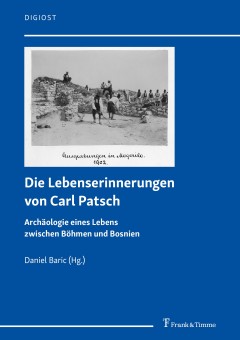
Die Lebenserinnerungen von Carl Patsch
Carl Patsch (*1865 in Kovač/Böhmen, †1945 in Wien) ist einer der Begründer der balkanrömischen Provinzialarchäologie. Im von der k.u.k. Monarchie besetzten und verwalteten Bosnien-Herzegowina diente er der Forschung und Wissenschaftspolitik als Kustos am Bosnisch-Herzegowinischen Landesmuseum (Zemaljski muzej Bosne i Hercegovine) und als Gründungsdirektor des Bosnisch-Herzegowinischen I…
- Edition
- 1
- ISBN/ISSN
- 978-3-7329-9326-0
- Collation
- 318
- Series Title
- DigiOst
- Call Number
- -

Primary Physical Science Education
This open access book is the first of two volumes that integrates a study of direct encounters with Primary Forces of Nature, Wind, Light, Rain, Heat and Cold, Water, etc., with imaginative narrative forms of communication. The approach developed in this book shows how the growth of cognitive tools (first of mythic and then of romantic forms of understanding) lets children make sense of expe…
- Edition
- -
- ISBN/ISSN
- 978-3-031-43952-0
- Collation
- XIV, 347
- Series Title
- -
- Call Number
- -

Teaching Mathematics as to be Meaningful – Foregrounding Play and Children�…
This open access book’s theme is Teaching mathematics as to be meaningful – foregrounding children’s play and perspectives. It discusses the relation between teachers, children and mathematical content within the context of play with a particular focus on the framing of these relations within this context, which is an important theme in the debate on whether teaching should be integrated …
- Edition
- -
- ISBN/ISSN
- 978-3-031-37662-7
- Collation
- XII, 260
- Series Title
- -
- Call Number
- -
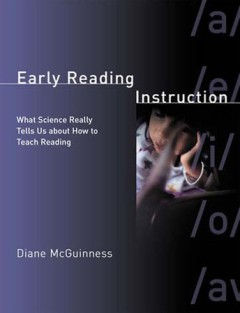
Early reading instruction: What science really tells us about how to teach re…
"A Bradford book."Early Reading Instruction is a comprehensive analysis of the research evidence from early writing systems to computer models of reading. In this book, Diane McGuinness provides an innovative solution to the "reading war"--the century-old debate over the efficacy of phonics (sound-based) versus whole-word (meaning- based) methods. She has developed a prototype--a set of element…
- Edition
- -
- ISBN/ISSN
- 9780262279499
- Collation
- 1 online resource (xviii, 410 pages)
- Series Title
- -
- Call Number
- -
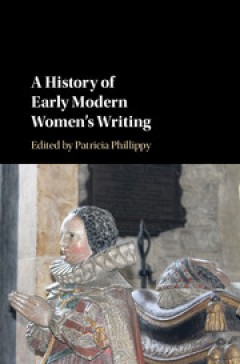
A History of Early Modern Women's Writing
A History of Early Modern Women's Writing is essential reading for students and scholars working in the field of early modern British literature and history. This collaborative book of twenty-two chapters offers an expansive, multifaceted narrative of British women's literary and textual production in the period stretching from the English Reformation to the Restoration. Chapters work together …
- Edition
- -
- ISBN/ISSN
- 9781316480267
- Collation
- -
- Series Title
- -
- Call Number
- -
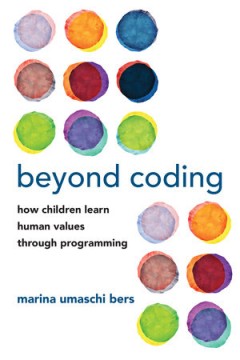
Beyond coding :how children learn human values through programming
"Bers argues that coding should be taught in early childhood and beyond STEM fields, where it is currently isolated from ethical, cultural, and language skills"--OCLC-licensed vendor bibliographic record.
- Edition
- -
- ISBN/ISSN
- 0262368544
- Collation
- 1 online resource.
- Series Title
- -
- Call Number
- -
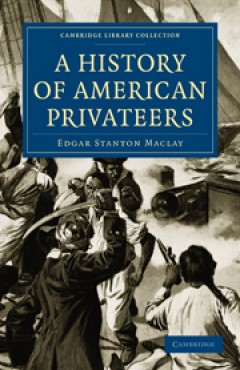
A History of American Privateers
American privateers played a significant role during the American War of Independence and the Anglo-American war of 1812, as the American regular navy was very small. Reinforcement by privateers sailing under the government's jurisdiction carrying Letters of Marque was essential, and in fact both sides made use of privateers, capturing each other's merchant ships as prizes. Many successful sail…
- Edition
- -
- ISBN/ISSN
- 9780511793707
- Collation
- -
- Series Title
- -
- Call Number
- -

Money and Coinage in the Middle Ages
This volume is the first in a new series entitled Reading Medieval Sources, examining different genres of sources in the Middle Ages, and this book focuses on ways of studying medieval money, and the most direct manifestation of money: coinage. It is intended to introduce readers to a range of approaches to a subject that has, traditionally, been seen as somewhat specialised domain of highly te…
- Edition
- Ed. 1
- ISBN/ISSN
- 9789004383098
- Collation
- -
- Series Title
- -
- Call Number
- 909.080
 Computer Science, Information & General Works
Computer Science, Information & General Works  Philosophy & Psychology
Philosophy & Psychology  Religion
Religion  Social Sciences
Social Sciences  Language
Language  Pure Science
Pure Science  Applied Sciences
Applied Sciences  Art & Recreation
Art & Recreation  Literature
Literature  History & Geography
History & Geography